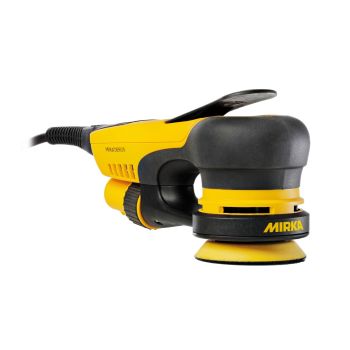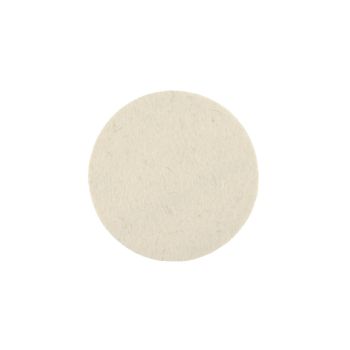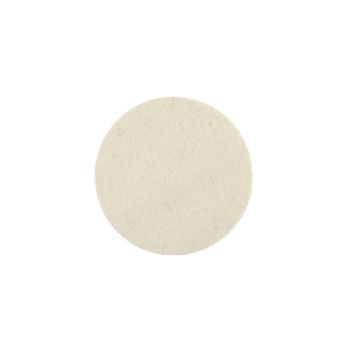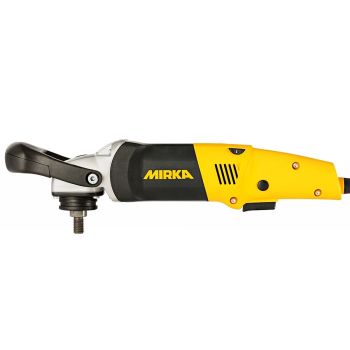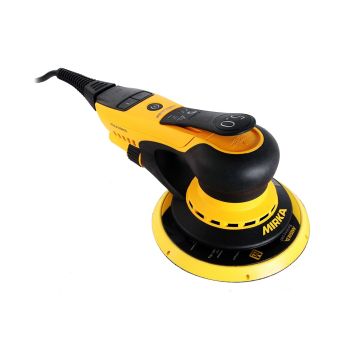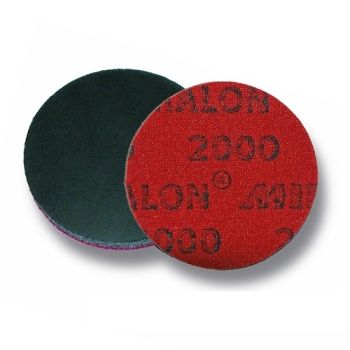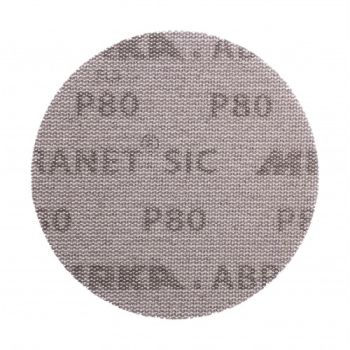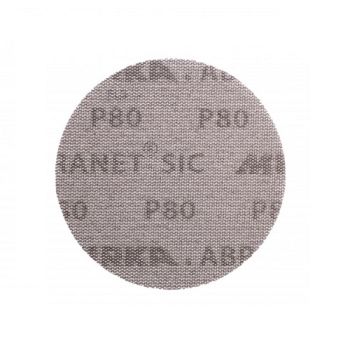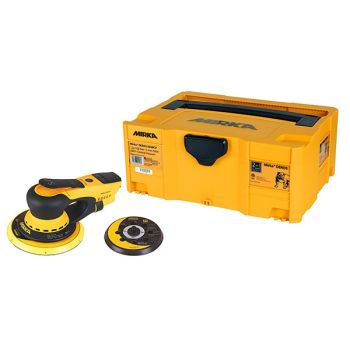Mirka glass sanding solutions cover several types of glass.
Float glass is flat glass produced in a float process. This is made using float molten glass on molten metal. This method gives a uniform thickness and a very flat surface. Modern windows are made from float glass. Most float glass is soda lime silicate glass.
Cooled glass is the basic flat glass, which is the result of the float process.
Tempered or toughened glass is glass, which has been heat-treated to be far more durable than cooled glass. Tempered or toughened glass is used in many applications and often as safety glass in a variety of applications including automotive windows, door and shower enclosures, architectural glass, doors and tables, bulletproof glass, structural applications, barriers and glazed roofs, and facade glazing.
Recommendations for the end user
1. Grind long enough in each step, it's about giving each step its time.
2. The fewer steps you carefully complete, the greater the risk of optical refraction
3. The polishing step takes longer than the grinding step
4. We do not recommend using this process on the windscreen of a car as there is a risk of optical refraction
Sanding and polishing of tempered and normal glass
Scratched glass

Phase 0

Always start the process by thoroughly cleaning the surface with a glass cleaner. Start sanding with a finer grit (e.g. P320) and (or) just polish the scratch. If this grit is not effective enough, use one step coarser abrasive. This will avoid any extra steps in scratch removal.
The following process starts with abrasive grit P180. If using P320 grit, the next step is to use Abralon P360 followed by Abralon P600 before polishing.
Phase 1

Step 1: For removing scratches on glass use Abranet SiC P180 and electric rotary polisher Mirka PS1437 125mm or pneumatic rotary polisher Mirka RP 300NV 77mm. Dry or wet sanding.
Sanding time: Never perform a short sanding sequence. Use each disc for at least 1 minute before you start sanding with the next disc. Clean before the next step.
Phase 2

Step 2: Sanding with Mirka Abralon P360 and electric rotary polisher Mirka PS1437 125mm or pneumatic rotary polisher Mirka RP 300NV 77mm. Dry or wet sanding.
Sanding time: Approximately 2 minutes. Clean before the next step.
Phase 3

Step 3: BSanding with Mirka Abralon P360 and electric rotary polisher Mirka PS1437 125mm or pneumatic rotary polisher Mirka RP 300NV 77mm. Dry or wet sanding.
Sanding time: Approximately 2 to 3 minutes. Clean before the next step.
Phase 4

Step 4: Sand with Abralon P600 and continue sanding with Abralon P1000 and Mirka PS1437 125mm electric rotary polisher or Mirka RP 300NV 77mm pneumatic rotary polisher. Dry or wet sanding.
Sanding time: Approximately 3 to 4 minutes with each grit. Clean before the next step.
Phase 5

Step 5: Polish with Polarshine E3 Glass Compound (glass polishing paste). Use Mirka PS1437 125mm electric rotary polisher or Mirka RP 300NV 77mm pneumatic rotary polisher and Mirka white polishing felt. Clean the glass continuously to check the surface. Use a microfibre cloth and window cleaner.
Polishing time: Polish for 4 minutes or longer.
Completed process

Video - Glass Sanding System




